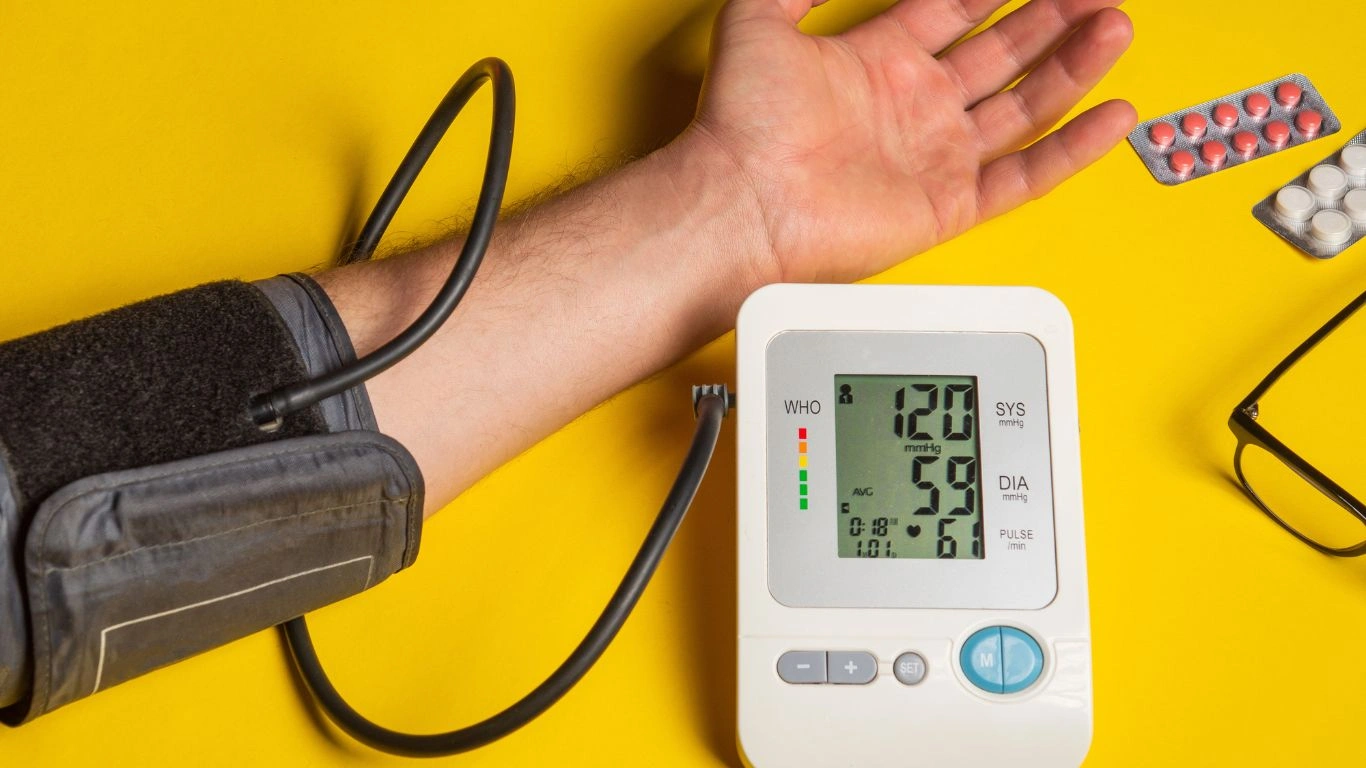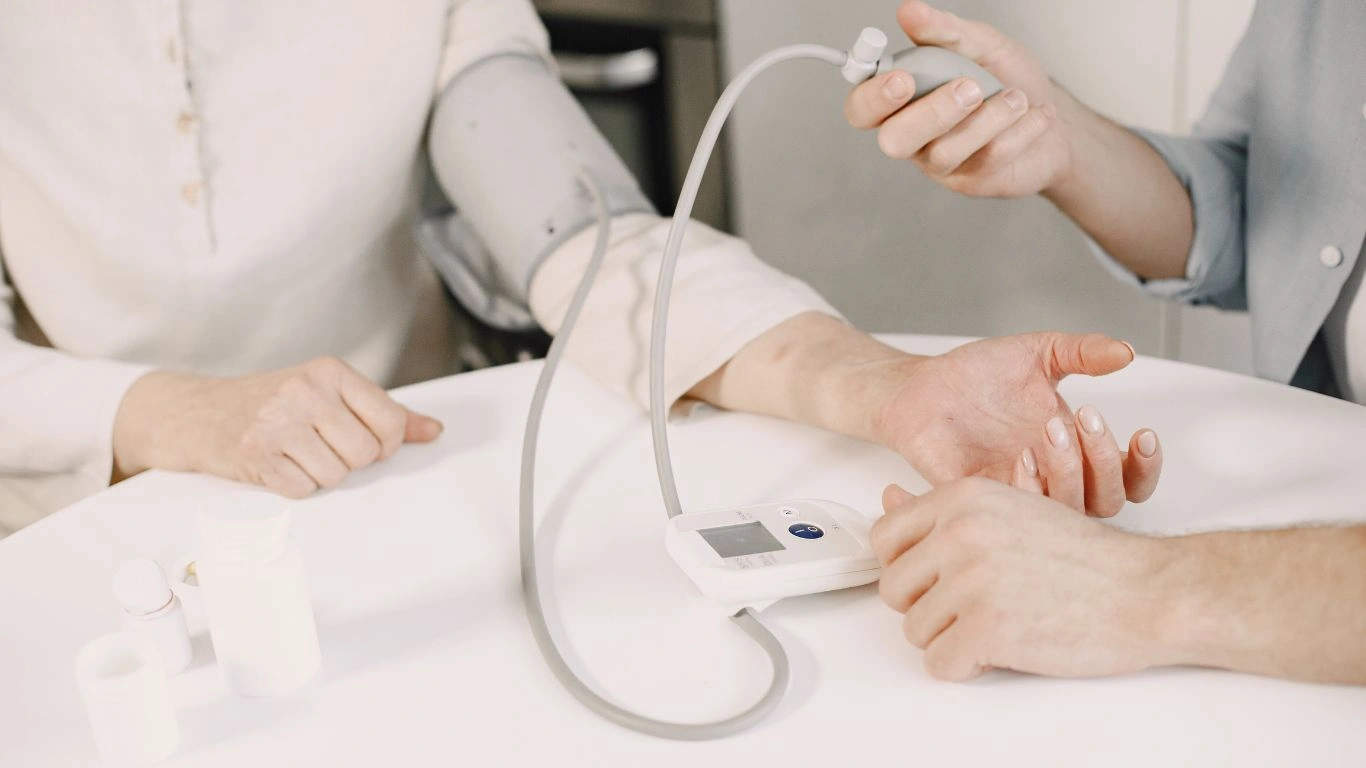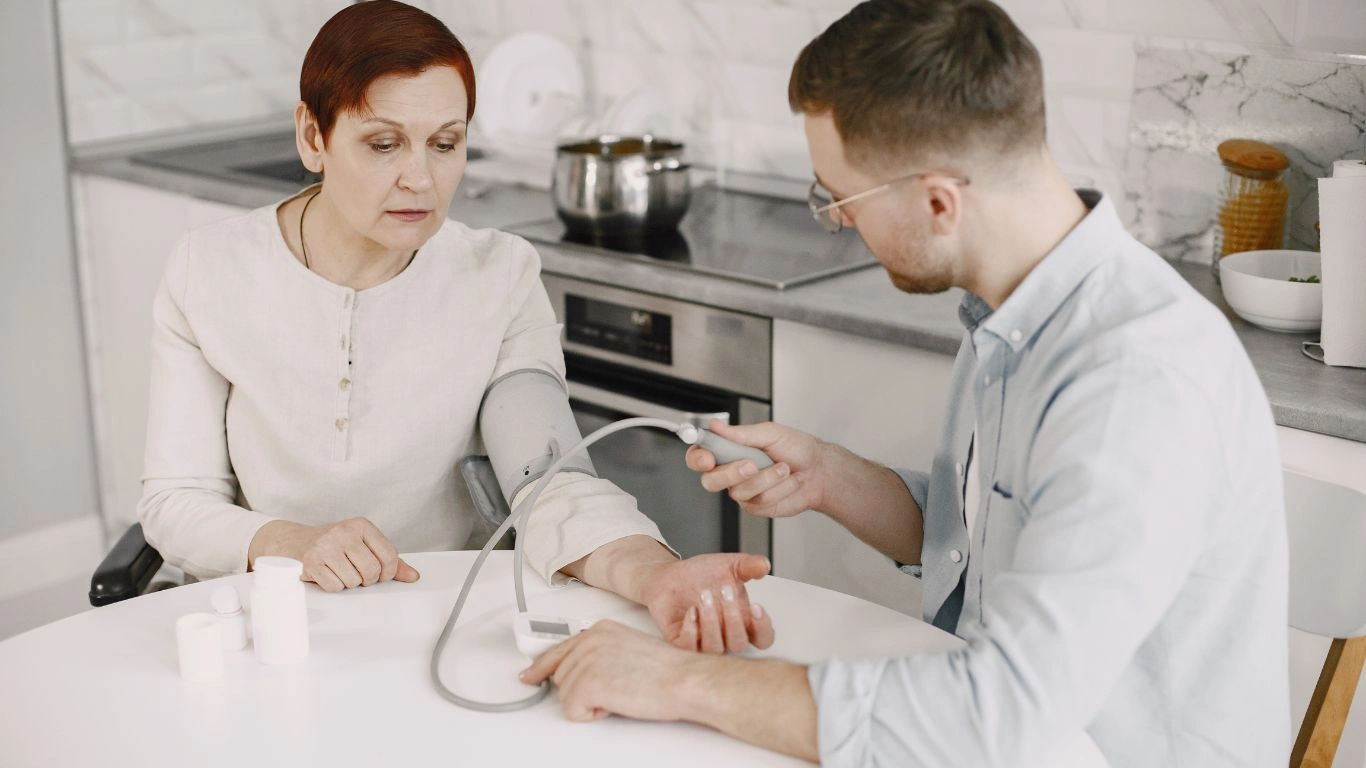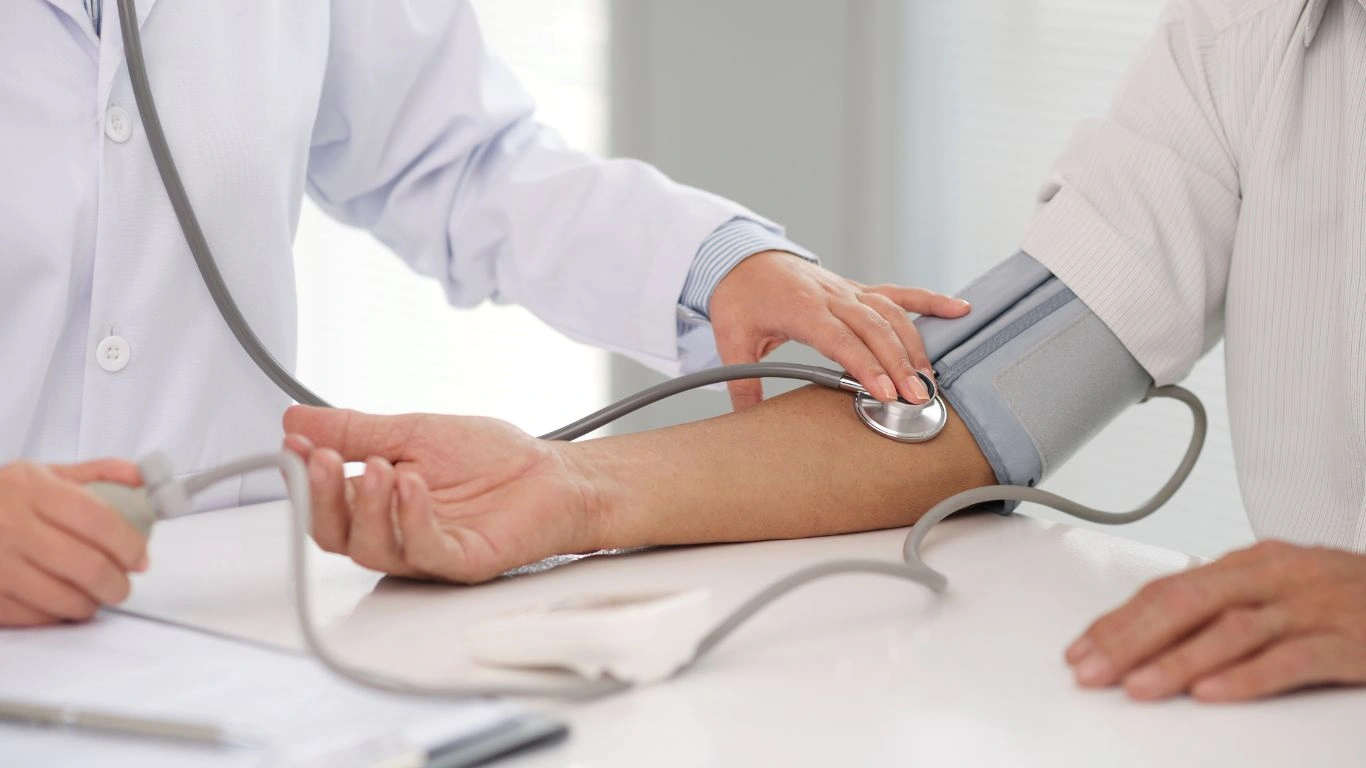How to Choose a Home Blood Pressure Monitor for Accurate Readings
If you’ve ever tried managing your blood pressure at home, you know how important it is to have a reliable device that truly reflects your health status. As an Internal Medicine physician specializing in hypertension management, I often see patients overwhelmed by the sheer number of home blood pressure monitors available. So, how do you cut through the noise and pick the right one? Whether you’re newly diagnosed or just trying to keep track for peace of mind, choosing the best home blood pressure monitor can feel like navigating a maze. Let’s break it down together with some practical tips and insider insights from my years of clinical experience.
Why Choosing the Right Home Blood Pressure Monitor Matters

Blood pressure isn’t just a number — it’s a vital sign that tells a story about your heart health and overall well-being. That’s why accurate readings are critical. Picking the wrong device can lead to misleading numbers, unnecessary stress, or even inappropriate treatment adjustments. When patients bring their monitors to the clinic, I often find discrepancies between their home readings and our clinical measurements. This can be due to several factors, but one of the most common is using a device that isn’t validated or suited for their specific needs.
In my practice, I always emphasize the importance of consistency and accuracy over fancy features or price tags. Your monitor should give you peace of mind, not confusion. So, if you’re wondering how to choose a home blood pressure monitor, the answer is more than just picking a model from the shelf. It’s about understanding your personal requirements, the science behind measurement, and the device’s reliability.
Types of Home Blood Pressure Monitors: Which One’s Right for You?

The market generally offers two main types of blood pressure monitors for home use:
- Upper arm monitors: These are the gold standard. They measure blood pressure from your brachial artery, located in the upper arm, which is closest to the heart.
- Wrist monitors: Smaller and more portable, these measure blood pressure at the wrist but can be less accurate if not used exactly right.
Why I Recommend Upper Arm Monitors
From my clinical experience, upper arm monitors provide the most reliable readings and are the preferred choice for most patients managing hypertension. The key reason is anatomical accuracy: measuring at the upper arm aligns with where doctors traditionally take blood pressure in a clinical setting. This consistency makes it easier to track your progress over time and compare your home results with office measurements.
Wrist monitors might seem tempting due to their convenience and portability, but they require careful positioning — at heart level and completely still — which isn’t always practical for everyday use. For patients with certain conditions like arrhythmias or obesity, wrist devices often miss the mark in accuracy, leading to frustration or unnecessary alarm.
Key Features to Look for in Your Monitor
Once you’ve settled on an upper arm device, what else should you keep an eye on? Here’s a quick checklist based on what I’ve learned from both patients and research:
- Validation: Make sure the device has been clinically validated by reputable organizations like the American Heart Association or the British Hypertension Society.
- Cuff size: This is critical. An ill-fitting cuff — too small or too large — can skew your readings. Most monitors come with standard cuffs, but many brands offer different sizes or adjustable options.
- Ease of use: You want a device that’s straightforward, with a clear display and simple controls. If it’s confusing, you’re less likely to use it regularly.
- Memory function: Some monitors store past readings, which can be helpful when you share your numbers with your doctor.
- Power source: Battery life or rechargeable options can matter, especially if you travel or forget to change batteries often.
Don’t be shy about asking your healthcare provider to recommend specific models that have a track record of accuracy and durability. Over the years, I’ve seen patients save a lot of headaches by simply choosing devices vetted by professionals.
How to Choose a Home Blood Pressure Monitor: Tips from a Hypertension Specialist

Picking the right monitor isn’t just about grabbing the first one that looks good or is on sale. From my years treating patients with hypertension, I’ve learned that some of the most common mistakes stem from not understanding what really matters when measuring blood pressure at home. Let me share some practical advice to make your choice easier—and your readings more trustworthy.
Validation and Accuracy: The Non-Negotiables
You’ve probably noticed plenty of devices claim to be “accurate” or “doctor-approved.” Trust me, not all are created equal. When I recommend monitors to my patients, I always emphasize buying a model that’s been independently validated. That means it has undergone rigorous testing to ensure the numbers it gives you match those taken in a professional medical setting. This is a big deal because inaccurate readings can cause unnecessary worry or worse—miss actual health risks.
Look for certification logos from organizations like the American Heart Association or the European Society of Hypertension. Many reputable brands will display these proudly. If you want to dig deeper, websites such as dableducational.org list validated monitors you can trust.
Getting the Right Cuff Size: It’s More Important Than You Think
I can’t stress this enough: the cuff size can make or break your home blood pressure readings. Too tight? Your blood pressure might look artificially high. Too loose? You could get dangerously low readings that don’t reflect reality. I’ve had patients bring in readings that didn’t match their clinic results only to find out they were using cuffs that didn’t fit properly.
Here’s a quick tip—measure around your upper arm (about an inch above your elbow) with a flexible tape measure. Most monitors come with a standard cuff that fits arms between 9 and 13 inches in circumference, but if your arm is larger or smaller, look for monitors that offer a “large” or “small” cuff option. This little extra step can save you from confusion and frustration.
Features That Make Monitoring Easy and Effective

When you’re buying your monitor, don’t just focus on the specs on the box—think about what will work best for your lifestyle. For example:
- Display readability: If you have vision difficulties or simply want to read numbers easily, look for large, clear screens.
- Memory storage: Monitors that save your readings over days or weeks help you spot trends and share accurate info with your doctor.
- Multiple user profiles: Great for families or couples who want to share one device but keep their data separate.
- Irregular heartbeat detection: Some monitors alert you if they detect arrhythmias or irregular pulses, which can be a helpful early warning sign.
Personally, I often advise my patients to avoid models with too many complicated features that can be overwhelming or unnecessary. The goal is regular, stress-free use — not a high-tech gadget that ends up gathering dust.
How to Use Your Monitor Correctly for Best Results

Even the best monitor won’t give you accurate readings if you don’t use it right. In clinic, I always spend time teaching patients how to position themselves and the cuff properly. Here’s what I tell them, and what I want you to keep in mind:
- Rest first: Sit quietly for 5 minutes before measuring. No talking, eating, or moving around.
- Proper posture: Sit with your back supported, feet flat on the floor, and your arm resting at heart level.
- Position the cuff: Place it on your bare upper arm, about an inch above the elbow, and make sure it’s snug but not too tight.
- Avoid caffeine and smoking: Both can temporarily raise your blood pressure, so avoid these for at least 30 minutes before checking.
- Take multiple readings: For better accuracy, take two or three readings one minute apart and record the average.
Following these simple steps consistently helps create a reliable picture of your blood pressure and supports better decisions about your treatment or lifestyle changes.
Maintaining Your Home Blood Pressure Monitor: Tips to Keep It Accurate

After choosing the right home blood pressure monitor and learning how to use it properly, the next step is maintaining it well. From my clinical experience, a lot of patients overlook this, and it can lead to unexpected inaccuracies that undermine all the effort you’ve put in. Your device is a precision instrument, and like any tool, it needs care.
Here are some simple but effective tips that I share with my patients to keep their monitors in top shape:
- Store it properly: Keep your monitor in a cool, dry place, away from direct sunlight and moisture. Extreme temperatures can damage the device’s internal components.
- Handle with care: Avoid dropping or banging the monitor, as even small shocks can affect its calibration.
- Clean regularly: Wipe the cuff and monitor with a soft, damp cloth. Never immerse the device in water or use harsh chemicals.
- Check batteries: Replace batteries as soon as you notice the device powers down unexpectedly or shows low battery warnings. For rechargeable models, follow the manufacturer’s charging instructions.
- Recalibration: Most home monitors need recalibration every 1-2 years to ensure accuracy. Some brands offer this service, or you might need to replace the device after a few years.
If you’re unsure about the reliability of your device, bring it with you to your doctor’s office. We can compare readings taken in the clinic with those at home to spot any inconsistencies early.
Tracking and Interpreting Your Blood Pressure Readings

One of the biggest challenges patients face is making sense of all the numbers they get from home monitoring. Don’t worry — you’re not alone. Over the years, I’ve helped countless people understand how to track their progress without getting overwhelmed. Here’s what I recommend:
Keep a Consistent Log
Whether it’s a simple notebook, a spreadsheet, or an app, recording your readings consistently is invaluable. I suggest noting the date, time, systolic and diastolic pressures, and any relevant notes like medications, stress levels, or physical activity. This helps paint a clearer picture of your blood pressure trends over time rather than fixating on one off number.
Understand What Your Numbers Mean
Most blood pressure monitors display two main values: systolic (the top number) and diastolic (the bottom number). In simple terms:
- Systolic: Pressure when your heart beats.
- Diastolic: Pressure when your heart rests between beats.
For most adults, a normal reading is around 120/80 mmHg. But it’s important to remember that “normal” can vary based on age, medical history, and specific health goals your doctor sets. What really matters is the overall pattern, not an isolated number.
When to Contact Your Doctor
If you’re consistently getting readings above 140/90 mmHg or below 90/60 mmHg, it’s a good idea to reach out to your healthcare provider. Also, any sudden spikes or drops that don’t make sense based on your usual readings warrant a discussion.
During my consultations, I often remind patients that home monitoring is a tool to complement—not replace—professional care. Bring your recorded logs to appointments, and be honest about your habits and any symptoms. This collaboration is key to effective hypertension management.
Extra Tips: Making Home Monitoring Work for You
Finally, here are a few last nuggets from my experience that might help you get the most out of your home blood pressure monitor:
- Set reminders: It’s easy to forget regular measurements. Use phone alarms or apps to keep you on track.
- Measure at the same time each day: Blood pressure fluctuates naturally, so consistency helps identify real changes.
- Stay relaxed: Avoid measuring right after exercising or stressful events, as this can skew your readings.
- Share your data: Many monitors sync with smartphones or computers. Sharing this data with your doctor can improve your treatment plan.
Home blood pressure monitoring isn’t just about numbers—it’s about empowering you to take control of your health. With the right monitor, proper technique, and consistent habits, you’re well on your way to better managing your hypertension and protecting your heart.
References
- American Heart Association
- European Society of Hypertension
- National Heart, Lung, and Blood Institute
- American Academy of Family Physicians
Disclaimer
This article is intended for educational purposes only and does not replace professional medical advice, diagnosis, or treatment. Always consult your healthcare provider before making any changes to your health management or starting new monitoring routines. Individual needs may vary.

Dr. Gwenna Aazee is a board-certified Internal Medicine Physician with a special focus on hypertension management, chronic disease prevention, and patient education. With years of experience in both clinical practice and medical writing, she’s passionate about turning evidence-based medicine into accessible, actionable advice. Through her work at Healthusias.com, Dr. Aazee empowers readers to take charge of their health with confidence and clarity. Off the clock, she enjoys deep dives into nutrition research, long walks with her rescue pup, and simplifying medical jargon one article at a time.






